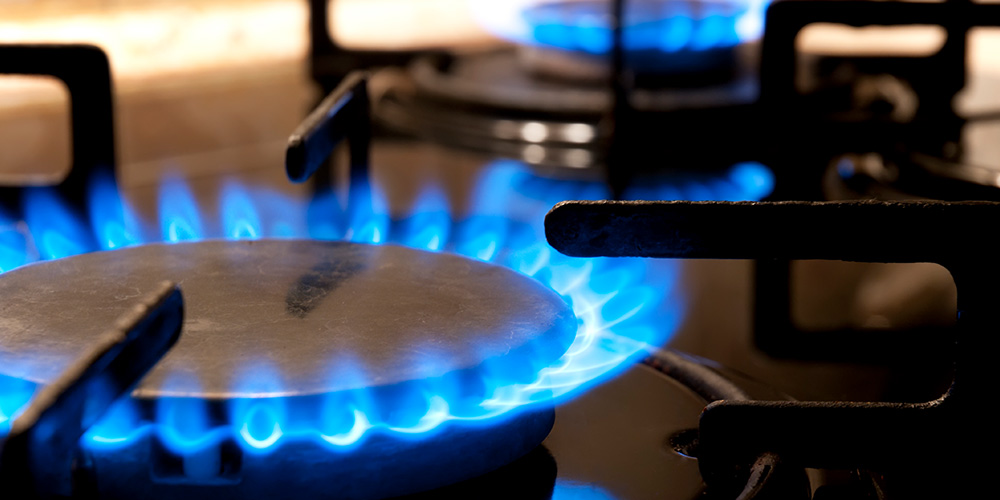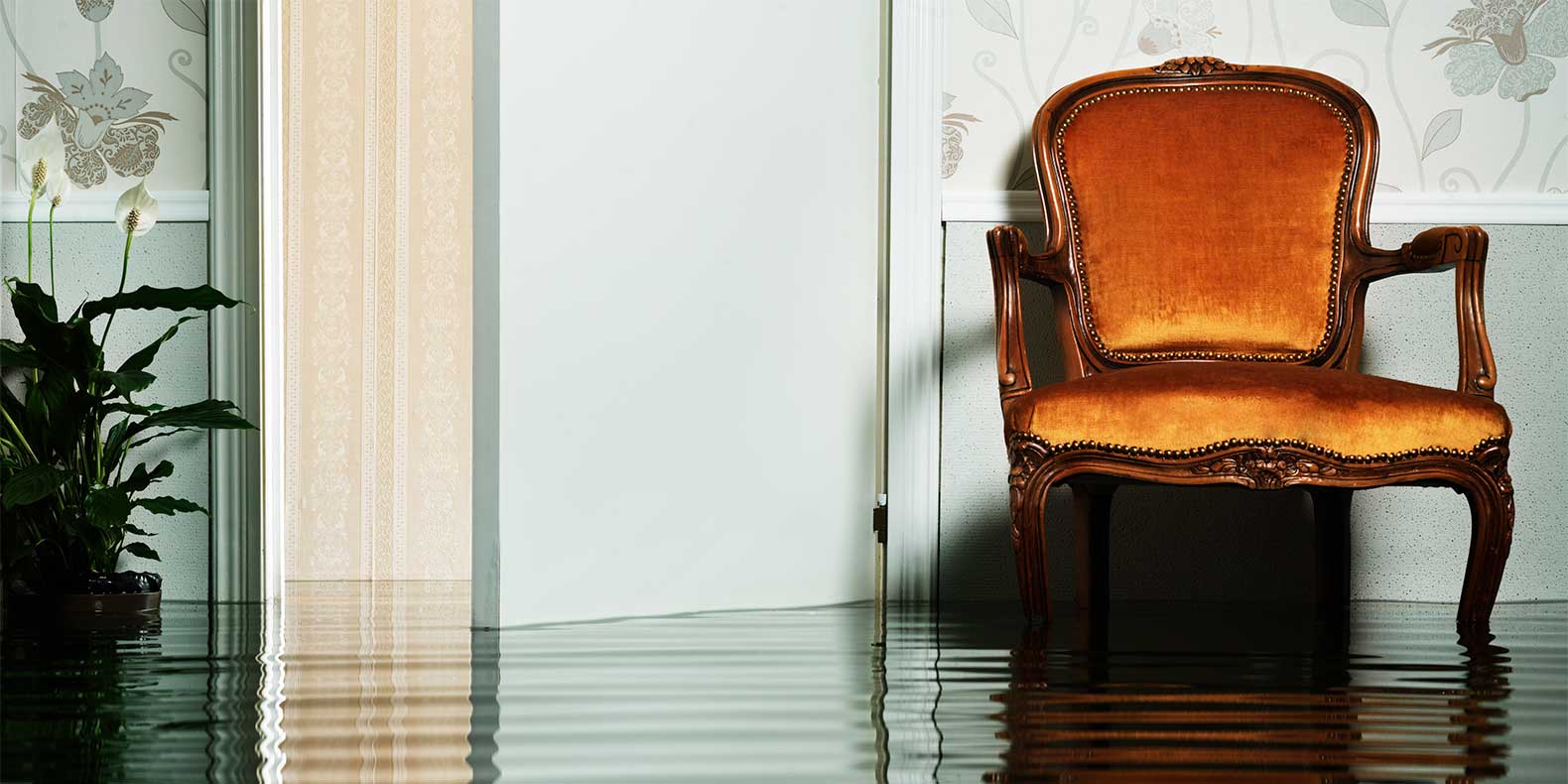This article was previously published on January 19, 2021 and updated for comprehensiveness and accuracy.
Invisible, odorless, and potentially lethal, carbon monoxide (CO) is a serious threat in any home. Known as the silent killer, CO can accumulate near malfunctioning appliances, blocked vents, or even idling vehicles in an attached garage.
CO inhalation is dangerous at any level. But when it builds up inside your home, individuals can experience CO poisoning. CO poisoning can take effect at the low CO concentration level of 70 parts per million. Even a small leak inside your home is dangerous, especially during the winter, when your furnace is set on high and your windows are tightly shut to keep heat in. The lack of ventilation can be disastrous.
Carbon monoxide detectors can save your life and the lives of those you love. A CO detector warns you immediately of a rise in CO concentrations around you, keeping you safe from any CO-related emergencies. However, to measure CO concentrations accurately, you must place the detectors in appropriate locations around your house.
Ideal Locations for Carbon Monoxide Detectors
For maximum effectiveness and overall safety, it’s essential to know the ideal locations for carbon monoxide detectors. We recommend having multiple detectors in your home to ensure every key area is covered, and we’ll cover how to disperse these detectors most effectively below:
- Since CO gas is lighter than air and is found with rising, warm air, place your CO detectors around five feet off the floor.
- If you have pets, place your CO detector where your pets can’t reach it. Otherwise, your pets might break the sensor in the detector without your noticing.
- There may be varying levels of CO on different floors of a multi-story house. To keep every area of your home protected, install a CO detector on every floor.
- Install CO detectors outside bedrooms so that you and your family wake up immediately if the detector sounds the alarm during the night.
- Fuel-burning appliances like furnaces and water heaters are common sources of carbon monoxide leaks. Installing detectors near these appliances can help detect any issues early on.
- If your house has an attached garage, place a CO detector in the garage. All cars that use internal combustion engines produce CO, and the gas can spread quickly to other areas of your house if undetected.
- Since CO detectors differ because of variations in manufacturing specifications, follow your CO detector manufacturer’s recommendations. Thoroughly read your CO detector’s manual and contact the manufacturer if you have any questions.
- Adjust the alarms on your CO detectors to ensure that they’re loud enough for you to hear no matter where you are in the house.
Avoid These Locations for Carbon Monoxide Detectors
Hearing a CO detector sound off is a startling experience. What’s even worse is when it cannot detect harmful levels of CO inside due to poor placement, putting every person and animal inside at risk. A carbon monoxide detector can also be more susceptible to false alarms due to its placement.
It’s important to understand that there are areas around your house you should avoid placing carbon monoxide detectors. To ensure your CO detectors are accurately measuring CO levels in your home and to mitigate false alarms, steer clear of the following locations:
- Anywhere that’s subjected to direct sunlight. High temperatures trigger detectors, leading to false alarms.
- Close to air-blowing appliances or sources, such as fans, open windows and vents. Placing a CO detector in these locations prevents it from recognizing unsafe CO concentrations due to the inaccuracies caused by blowing air.
- In or near humid locations, such as bathrooms. Humid air is dense and leads to inaccurate CO detection.
- In areas where bleach and other household chemicals are stored. The fumes from volatile cleaning products can trigger the CO detector’s alarm.
- On the ceiling. While CO is slightly lighter than air, both gases have similar weights, so CO won’t rise to the height of your ceiling to trigger the alarm.
- In small, enclosed spaces. Areas like closets, pantries, and cellars will have difficulty detecting high levels of CO since they’re closed off most of the time.
How to Make Sure Your Carbon Monoxide Detector is Working Properly
Installation is vital for safety, but proper maintenance is equally important. A chirping carbon monoxide detector doesn’t always mean there’s a CO leak in your home. To ensure your CO detector is running properly, follow these reminders:
- Check your detectors each month. Your CO detectors have a button that you press to test if the detector is working properly. Pressing it will sound an alarm or flash a light, indicating that your detector is working as it should.
- Clean the detector regularly. Dirt, dust, and similar particles hinder the detector’s performance. Use a cloth—and a vacuum with a brush attachment, if needed—to keep the CO detector clean.
- Replace the batteries regularly. All CO detectors automatically sound a high-decibel, repetitive alarm to alert you that they’re low on batteries. But don’t wait until the alarm sounds. The CPSC recommends changing your CO detector batteries at least every year.
How a Security Company Can Help Keep Your Home Protected Against Carbon Monoxide Leaks
When it comes to your home’s safety, partnering with a security company can offer additional peace of mind and convenience. At Vector Security, we have trained technicians who can expertly install carbon monoxide detectors in optimal locations throughout your home.
Perhaps the most significant benefit when partnering with us is 24/7 professional monitoring. In the event of a carbon monoxide leak in your home, our operators receive an alert and can quickly dispatch help to your location.
Feel free to contact us to learn more about how Vector Security can keep your family and home secure from CO leaks and other threats.



